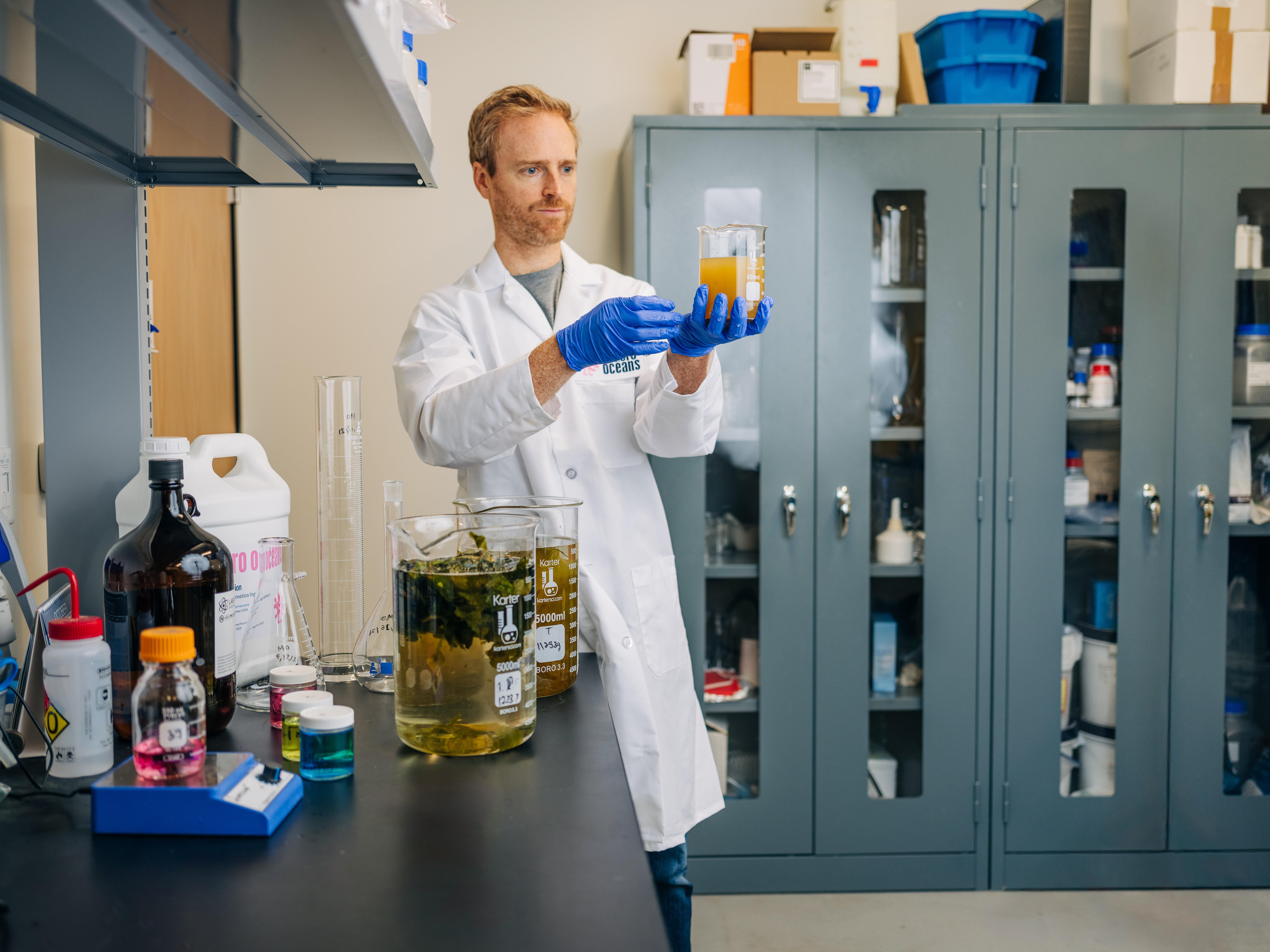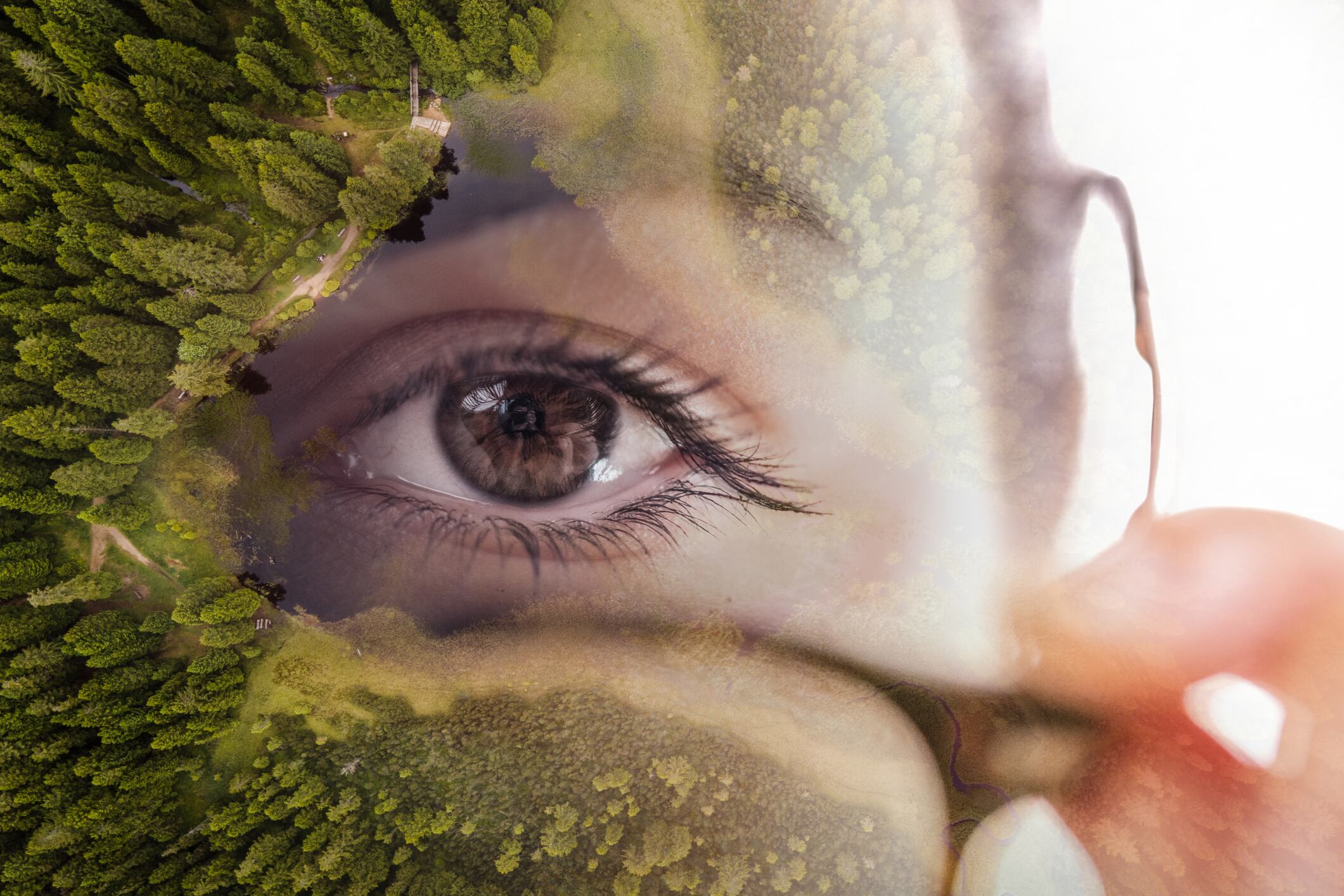The beauty category continues to grow globally, but growth is increasingly tied to regional expectations around sustainability. “E-commerce is the primary engine of global beauty industry growth,” Mayo told CosmeticsDesign US.
Yet as brands expand into high-growth regions like Latin America, the Middle East and Sub-Saharan Africa, consumers are bringing sharper scrutiny to environmental practices.
“Americans are doing more for the environment than they were in 2023,” Mayo explained, referencing year-over-year increases in waste reduction, sustainable travel, and environmentally conscious purchasing behavior. This mindset is especially relevant in emerging markets, where consumers are “seeking affordable luxury” that aligns with both aspirational values and environmental principles.
Retail disruption driven by convenience and clean labels
Online and hybrid retail models are thriving, but sustainability is no longer a secondary consideration. “Approximately 59% of Gen Z makeup shoppers say they shop online and in-store,” Mayo noted.
These younger consumers are using smartphones in real-time to vet product claims and ingredient lists before making a purchase. This has prompted brands to be more transparent and environmentally responsible at every point of interaction.
“More than 75% of consumers say ingredient transparency is increasingly important to them,” she said. Specifically, 91% want to see a complete list of ingredients and 87% want a clear description of ingredients. Additionally, as many as 86% of consumers are looking for certifications such as USDA organic, as well as 83% wanting information about where and how ingredients are sourced.
Indie brands and private labels win with purpose
Indie brands continue to outpace the market, and it’s not just because of innovation. “Indie brands will continue to drive growth,” Mayo confirmed, with NIQ data showing a 15% sales increase totaling $38.3 billion.
Many of these brands are tapping into the demand for clean labels, sustainable packaging, and cruelty-free claims that resonate with Gen Z and Millennial consumers.
Private labels are also gaining ground by aligning with value and sustainability, she shared, with brands now owning five percent of total beauty sales and capturing 7.9% of bath and shower product sales.
Social commerce and the sustainability challenge
Platforms like TikTok Shop are accelerating beauty trend cycles, but they also raise questions about long-term environmental impact. “TikTok Shop has risen relatively quickly as the go-to platform for social commerce,” Mayo said.
With $1.34 billion in beauty sales in 2024 and growing influence, the platform offers new discovery tools, but also new pressures for brands to communicate their sustainability credentials credibly and quickly.
She emphasized that while TikTok’s immediacy drives conversions, “trust remains a concern.” Brands that thrive on social commerce must now marry quick content with substantiated claims about ingredients, sourcing and packaging.
Consumer mindset: Value, efficacy, and environmental intent
In the current market, NIQ has identified a “cautiously optimistic” consumer base, one that wants indulgence without environmental guilt. “Consumers seek value and efficacy, especially in a market where social e-commerce platforms are accelerating trend cycles,” said Mayo.
This balancing act is shaping what gets developed and how it’s marketed. “Gen Z is focused on animal welfare and social responsibility,” while “Boomers look for sustainable packaging, and the Greatest [Generation] wants environmental sustainability from their brands,” she noted.
For brands, this translates to a growing need for “clean labels, targeting specific health needs… using sustainable packaging, and reducing emissions in manufacturing and distribution.”
This evolving mindset is also reflected in category-level performance, with several beauty segments projected to decline more steeply than personal care in 2025.
Loyalty drops as ESG pressure rises
Brand loyalty is declining, and environmental values are rising as key purchase drivers. “In the last two years, average loyalty to beauty brands has declined 20%,” Mayo reported. On Amazon alone, “90% of CPG searches are unbranded.”
To regain trust, brands must show a clear purpose, she urged. “To stand out, brands must focus on ingredients and benefits,” she said, citing Red Dye #3 as a cautionary example.
Despite $9 million in annual sales, she added, brands using the dye could face regulatory risks if they don’t reformulate in time. As legislation moves toward banning problematic ingredients, manufacturers must anticipate shifts and prioritize safer, more transparent formulations.
With “consumers incorporating more sustainable practices into their lifestyles,” Mayo concluded, for beauty manufacturers and suppliers, the key takeaway is that sustainability is no longer a differentiator.





